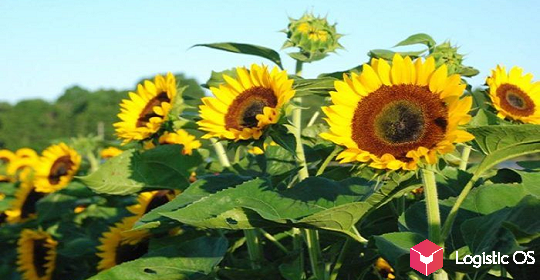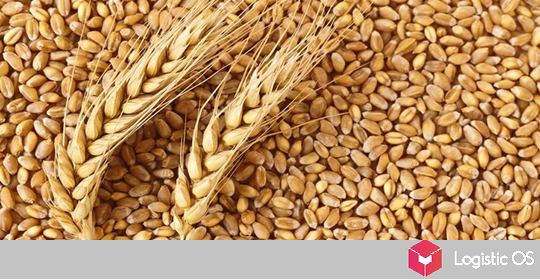In January-August of this year, the volume of products supplied to China from the agricultural sector increased 2.7 times, and there is potential for further development.
According to Agroexport, fat and oil products occupy one of the first places in terms of supply volumes.
For example, exports of rapeseed oil tripled, sunflower oil – 9 times, soybean oil and meal – doubled. In general, China purchased 30% of the total volume of exports of oil and fat products from Russia.
What was the reason for such a sharp increase in volumes?
Experts identify 2 main reasons.
— The lifting of previously existing covid restrictions in China, which led to an increase in the consumption of almost all types of goods and services by the population.
— Reorientation of Russian exports from European countries to the East.
Fish supplies also increased significantly: the increase was 1.8 times when comparing January-August of this year with the same period of the previous year.
In particular, the volume of supplies of pollock, cod, herring, and crayfish increased. Among buyers of Russian seafood, China is also in first place.
There is progress in the export of dried peas.
Just a year ago, last fall, China and Russia agreed on phytosanitary rules for the supply of this type of product.
As a result, about 300 thousand tons of this crop have already been supplied this season.
China is a very attractive market for pea producers, noted Eduard Zernin, Chairman of the Board of the Union of Grain Exporters.
However, in this market it will be necessary to withstand competition with other countries, for example, North America. In addition, the PRC has strict phytosanitary rules, which are very important to comply with.
In total, China has taken first place among the countries that purchase agricultural products from Russia, surpassing all other countries in terms of volumes of purchased products.
Will exports develop?
At the same time, experts note that there are great prospects for further deepening cooperation.
For example, there are expectations that by 2030 the total volume of imports from the PRC of Russian agricultural products could reach up to $10 billion.
In particular, China can purchase almost any volume of fat and oil products. And Russian manufacturers have the opportunity to increase production in this area.
However, there are also a number of problems.
For example, it is necessary to eliminate logistical difficulties: the capacity of railways is limited, and transit through Kazakhstan is associated with a number of difficulties: among other things, Kazakhstan itself actively supplies agricultural products to China.
But if delivery problems are resolved, there is every reason to expect a significant increase in volumes.

